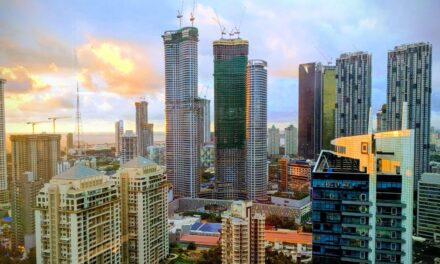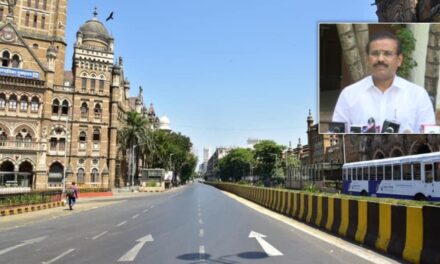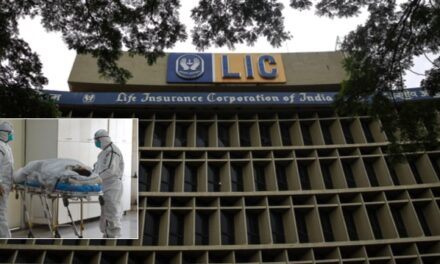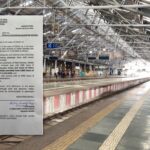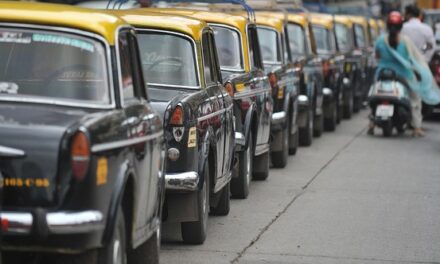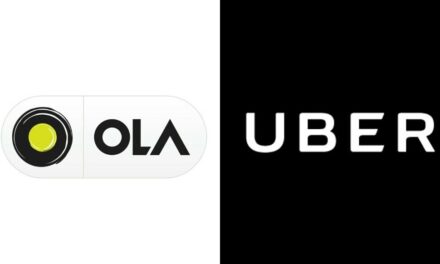Uber refutes low income claim, says most drivers continue to earn between Rs 1500-2500 daily
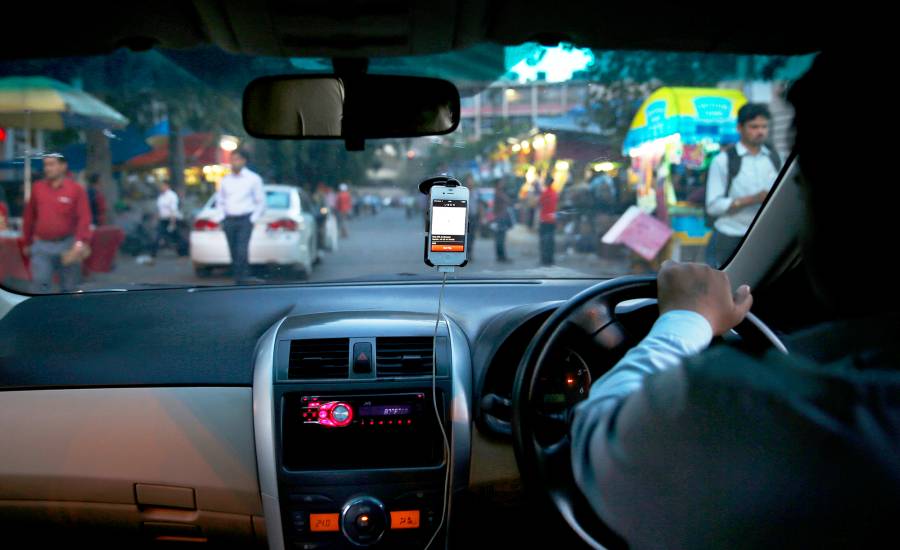

Representational Image. Courtesy: Saurabh Das/AP
Uber on Friday blamed a small number of individuals for recent service disruptions, claiming that drivers affiliated with the ride-hailing app continue to make between Rs 1,500 and 2,500 per day if they work for six hours.
Last week, around 1,000 Ola and Uber drivers across Mumbai had threatened to go on a strike after complaining about a significant drop in earnings and incentives offered to them. Delhi, too, has witnessed similar agitations.
“Small number of individuals, who do not represent the majority of the driver community, have been preventing drivers who want to work from doing so,” Uber India President Amit Jain today said in a blogpost.
He added that the US-based firm has been communicating daily with drivers through phone support, text and video messages and in-person at Uber’s greenlight centres.
Highlighting that driving using the Uber App is very different to working as a private driver/taxi driver, Jain said individual driver’s earnings vary widely depending on where, when and how much they chose to drive.
“Earnings are not one size fits all… Currently, 80 per cent of drivers across India who are online for more than six hours a day make between Rs 1,500 and Rs 2,500 net, after Uber’s service fee,” he added.
Apart from the fares paid by riders, these companies also offer incentives upon hitting a certain number of trips.
“These incentives vary widely by individual drivers. They are dynamic, as is our business model, and we are constantly seeking to understand, assess and improve both earnings from fares and our incentives structure,” Jain said.
Conceding that driver earnings have evolved over time and that “some drivers do earn less than three years ago”, Jain said the earnings in India are attractive for the majority even after reductions in incentives and drivers’ costs are taken into account.
“We are watching carefully to ensure drivers do not get into difficulty with vehicle financing, especially after the recent violence and intimidation which prevented many partners from using the app,” he said.
Typically, Uber rolls out incentives when it introduces its service in new cities. With demand growing from both riders and drivers, these perks are brought down to ensure a ‘more sustainable business model’.
Despite agitations in cities like Delhi, Hyderabad and Bengaluru in the recent past, Uber reportedly saw 60 percent year-on-year increase in driver sign-ups in January 2017.
Earlier this week, around 800 Ola and Uber drivers met at Govandi and decided to postpone their strike from March 1 to March 21.
The drivers have alleged that the companies are failing to provide minimum daily bookings, diverting bookings to the company owned cabs and have hiked the ‘driver denied duty’ penalties – all of which have severely affected their earnings.
There are around 30,000 Ola and Uber cabs in Mumbai alone.


